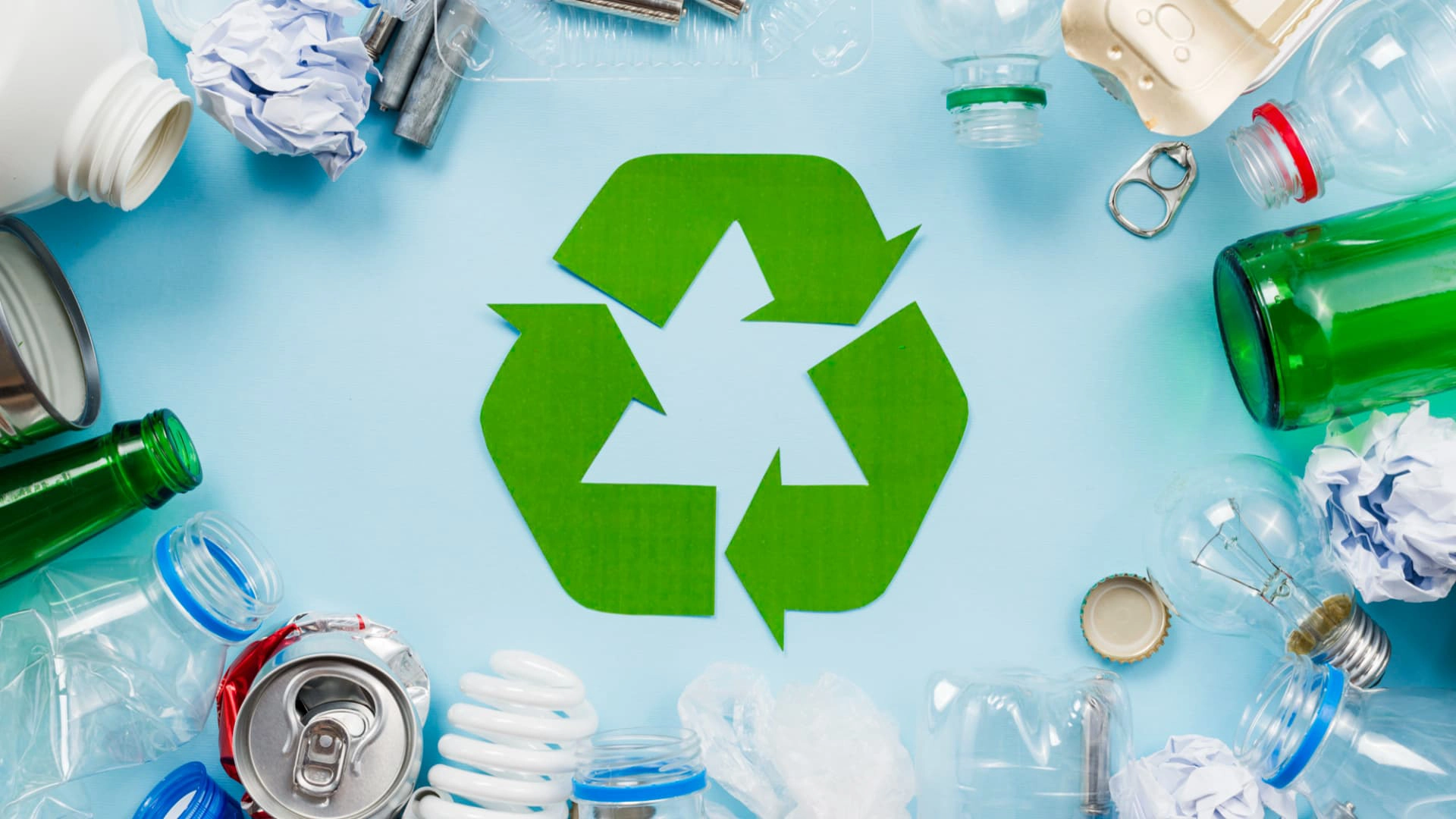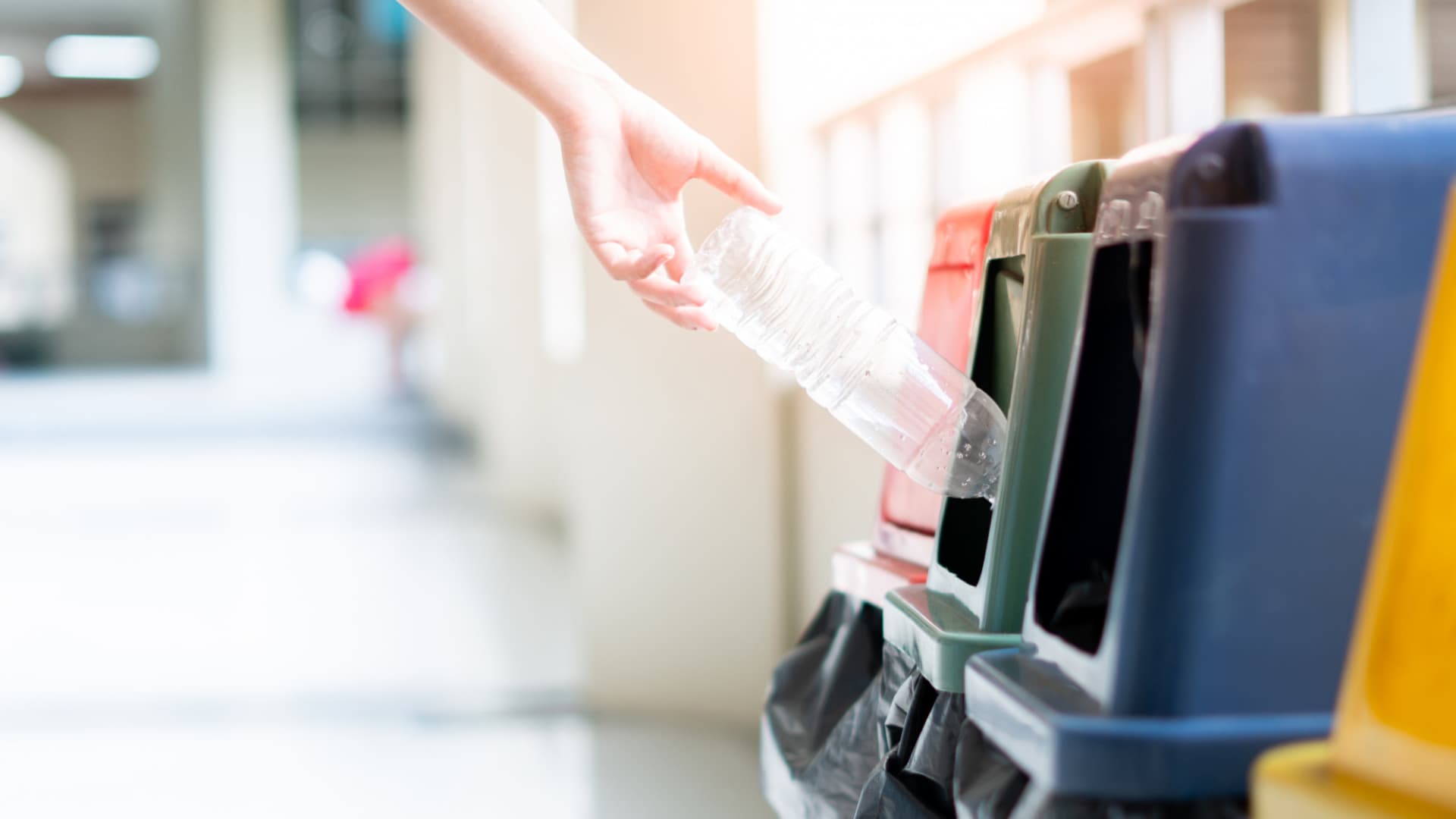
Our planet is full of waste, and the responsibility is on us. Companies are encouraging people to consume more and more, but the products are not necessarily recyclable, or the cities are not developed enough to collect and recycle these goods. The decomposition of some waste takes more than a thousand years, so it is essential to collect and reuse waste.
There are only two ways to reduce the amount of garbage:
- buying less unrecyclable items,
- recycling.
Read our related articles:
It is not easy to live sustainably. The cheap price of plastic definitely creates an advantage for plastic-made goods. There is no motivation for companies and consumers to reduce their use of plastic. So reducing the amount of waste is hard: but collecting the garbage selectively and giving a chance to recycling is a good way too, and helps the environment!
The importance of waste management
Waste management is crucial because the resources of our planet are not endless. Thus, we cannot afford to waste any of the materials. The goal is to maintain a circle of
- production,
- using,
- and recycling.
With selective waste collection, reusing will be easier and more efficient. This way, we only collect recyclable materials, leaving out unrecyclable garbage. If we do not throw batteries into the bins then the reusing process will be far more effective.
Recyclable materials
What materials are recyclable?
Paper, of course, can be recycled because it is made of natural materials. Its decomposition time is not that long, and it is not that harmful to the environment and the animals.
Glass, on the other hand, is a bigger deal. Its decomposition time is longer, and it is a threat to wildlife because broken glass can harm living species. Painted glass decomposes slower.
Metals should be reused too, but metal waste is often collected in different places, not selective bins. You can bring your used car parts or other items to the scrap yard.
Of course, plastics are an important part of the selective waste collection too, but not every plastic can be recycled. Here are the types of plastics:
- PET (polyethylene terephthalate)
- PE-HD (high-density polyethylene)
- PE-LD (low-density polyethylene)
- PP (polypropylene)
- PS (polystyrene)
- PVS (polyvinyl chloride)
- Non-categorized ‘other’ plastics
From this list, only the first four plastics can be recycled. The rest cannot be reused.
Selective waste collection: what do the bin colours mean?
The most important step is the selective collection in garbage cans organized by colour, suitable for selective collection. In some places, households have their own selective bins, while in other towns, people need to bring them to a common selective can.

What do the colours mean?
- Light green: coloured glass
- White: transparent/white glass
- Yellow: plastics (if reusable)
- Blue: paper
- Grey: metals
It is not a big effort to collect the waste selectively, but for the environment, it is a huge help.
Conclusion
- Reduce and recycle
- See if your product is recyclable
- Choose the bin with the correct colour for your waste
Read more about sustainability on MET fYOUture!
